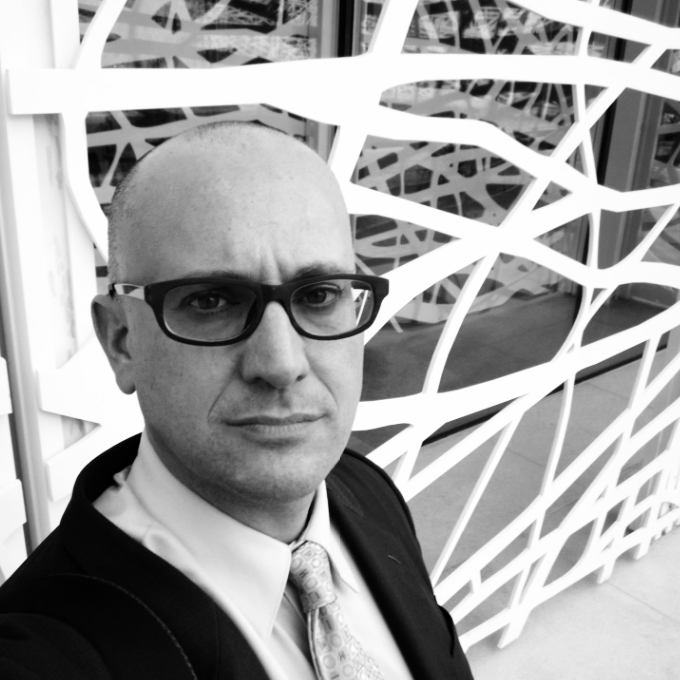One vague memory I have of being a Kindergartner in Silicon Valley was not visiting HP or Apple, but a neighborhood grocery store in Cupertino. The memories are hazy, but I remember staring at stacks of cardboard boxes, crates of fruits and vegetables, the other side of the wall from which cartons of milk mysteriously made their way into the refrigerator cases, and of course, trays of dismembered cows and pigs en route to the butcher counter.
If investors like Ali Partovi are calling it right, however, the supermarket of the future will not be your ordinary Kroger or even a Whole Foods, nor will it source the way most grocery stores do now. Partovi envisions a green technology future where superstore employees grow food in greenhouses on roofs, cattle move from feedlots to carbon sequestration grass pastures, and farmers gingerly adjust the soil chemistry within the land in which their crops grow via a smartphone.
While many of us focus the effects of cars, industry, and construction, Partovi points out that anywhere from 19 to 36 percent greenhouse gas emissions are the result of agriculture. The deforestation of countries from Indonesia to Brazil has been well-documented: farmers, with the support of politicians and business, laser in on lucrative commodities like soy and palm oil. None of this is really new: Europe and North America endured transformed landscapes as forests were turned into farms and pasture. While modern agriculture has become amazingly efficient with higher yields and heartier crops, the future of agriculture is cloudy. A surging global population, volatile petroleum prices, demand for dairy and meat, and more land exhausted by phosphates and nitrates could have massive consequences.
Some of the changes to which Partovi alludes are already on the way. Entrepreneurs are tinkering with vertical farms; San Joaquin Valley farmers are adopting GPS, spreadsheets, and ultra-modern fertilizing and drip irrigation techniques; and Walmart is investing in local farms. Walmart will be one company to watch on this front--the company has already started streamlining its supply chain to buy directly from local farmers. The retail giant also has the capital to consider rooftop farms like that of BrightFarm Systems, one company in which Partovi has already invested.
The future for food is an exciting one. Consumers, who had long demanded cheap food without questioning the external costs, are becoming more conscious about their food choices. Neighborhood farmers markets and large companies like Walmart have helped to make healthful food more accessible and affordable. Watch for a radical change in agribusiness’s value chain, from farmer to broker to store. More farms will see themselves not only as food growers, but energy providers, like a dairy farm in New England that will convert manure and food waste into biogas. Smart grid and renewable energy will still make great talking points--but people have to be fed, land will be at a premium, and investors like Partovi are not interested in throwing money at sexy, cool companies They want returns, so watch for food tech to be synonymous with clean tech.
Leon Kaye is the Editor of GreenGoPost.com and contributes to The Guardian Sustainable Business; you can follow him on Twitter.

Leon Kaye has written for 3p since 2010 and become executive editor in 2018. His previous work includes writing for the Guardian as well as other online and print publications. In addition, he's worked in sales executive roles within technology and financial research companies, as well as for a public relations firm, for which he consulted with one of the globe’s leading sustainability initiatives. Currently living in Central California, he’s traveled to 70-plus countries and has lived and worked in South Korea, the United Arab Emirates and Uruguay.
Leon’s an alum of Fresno State, the University of Maryland, Baltimore County and the University of Southern California's Marshall Business School. He enjoys traveling abroad as well as exploring California’s Central Coast and the Sierra Nevadas.














